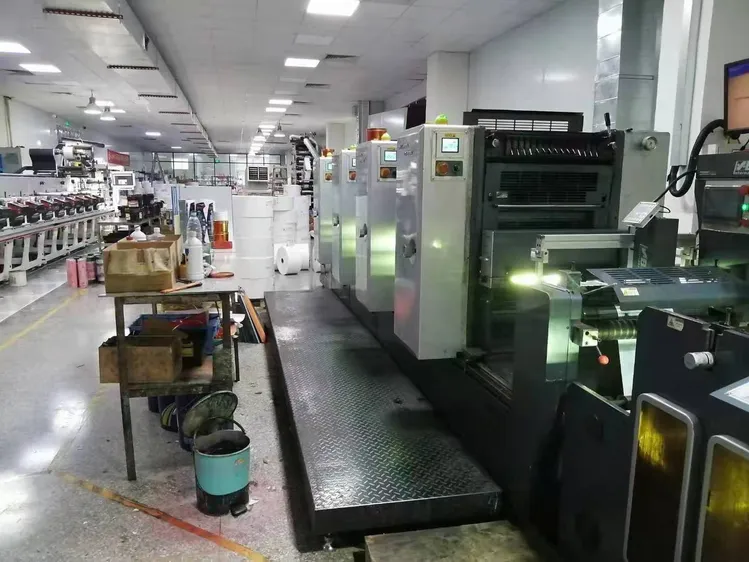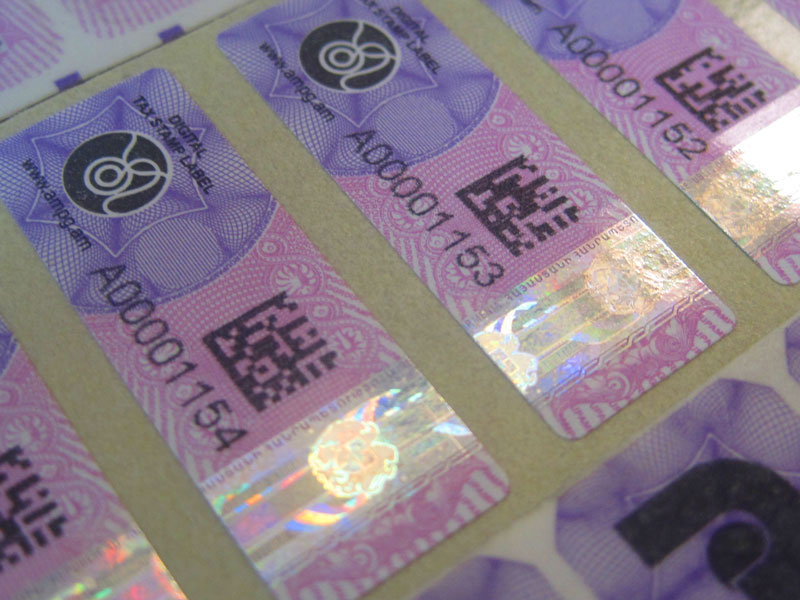The European Union (EU) has long been at the forefront of establishing regulations and guidelines to ensure the safety and authenticity of products in various industries. Among these, the EU directives on anti-counterfeit packaging play a critical role. These directives aim to protect consumers from counterfeit goods while safeguarding brand integrity and economic interests. Understanding these directives is crucial for businesses operating within the EU and beyond. This article delves into the significance and implications of these directives, offering insights for business professionals and stakeholders.

Understanding the EU Directives
The EU directives on anti-counterfeit packaging are part of a broader set of regulations designed to combat the proliferation of counterfeit products in the market. These directives mandate specific measures and technologies to be implemented in packaging to ensure product authenticity. They cover a range of industries, including pharmaceuticals, cosmetics, and consumer goods, among others.
Key Components of the Directives
The directives encompass several key components, including:
- Unique Identifiers: Products must be equipped with unique identifiers, enabling traceability throughout the supply chain.
- Tamper-Evident Features: Packaging must include features that indicate whether it has been tampered with.
- Authentication Elements: Use of advanced technologies such as holograms, watermarks, and QR codes to verify authenticity.
Importance for Businesses
For businesses, compliance with these directives is not just a legal obligation but also a strategic advantage. Adhering to these regulations helps companies build trust with consumers, differentiate their products, and protect their brand reputation. Furthermore, the implementation of anti-counterfeit measures can enhance supply chain transparency and efficiency.
Impact on the Pharmaceutical Industry
The pharmaceutical industry is one of the most affected by counterfeit products. The EU directives on anti-counterfeit packaging have significantly impacted this sector by ensuring that medicines are safe, effective, and genuine. This has led to increased adoption of serialization and track-and-trace systems, which are critical for preventing counterfeit drugs from entering the market. For more information on pharmaceutical compliance, you can visit pharmaceutical serialization compliance.
Technological Advancements in Packaging
Technological advancements have played a vital role in enhancing anti-counterfeit packaging. Innovations such as blockchain, artificial intelligence, and IoT have revolutionized how products are tracked and authenticated. These technologies offer robust solutions for real-time monitoring and verification, ensuring that products remain genuine throughout their lifecycle. To learn more about AI in anti-counterfeit printing, visit AI in anti-counterfeit printing.
Blockchain Technology
Blockchain technology provides a decentralized and immutable record of transactions, which is particularly useful for verifying the authenticity of products. By leveraging blockchain, companies can create a transparent and tamper-proof supply chain, ensuring that every step of the product journey is documented and verifiable.
Challenges and Considerations
Despite the benefits, there are challenges associated with implementing anti-counterfeit measures. These include the cost of technology adoption, the complexity of integrating new systems, and the need for cross-border cooperation. Businesses must carefully consider these factors to effectively comply with the directives.
Cost Implications
The cost of implementing advanced anti-counterfeit technologies can be significant, especially for small and medium-sized enterprises. However, the long-term benefits, such as enhanced brand protection and consumer trust, often outweigh the initial investment.
Future of Anti-Counterfeit Packaging
The future of anti-counterfeit packaging is promising, with continuous advancements in technology and growing awareness about the importance of product authenticity. As more industries adopt these measures, we can expect a significant reduction in counterfeit products and a more secure marketplace.
Emerging Trends
Emerging trends in anti-counterfeit packaging include the use of smart packaging, which incorporates sensors and digital interfaces to provide real-time product information. This not only enhances security but also improves the consumer experience.
Conclusion
In conclusion, the EU directives on anti-counterfeit packaging are a vital component of the EU’s efforts to combat counterfeiting and ensure product safety. By understanding and implementing these directives, businesses can protect their brands, enhance consumer trust, and contribute to a safer and more secure marketplace. For more insights on industry standards, visit anti-counterfeit printing industry standards.

FAQs
What are the main goals of the EU directives on anti-counterfeit packaging?
The main goals are to protect consumers from counterfeit products, safeguard brand integrity, and ensure product authenticity across various industries.
How do these directives affect the pharmaceutical industry?
The directives have significantly impacted the pharmaceutical industry by ensuring that medicines are safe, effective, and genuine through serialization and track-and-trace systems.
What are some technological advancements in anti-counterfeit packaging?
Technological advancements include the use of blockchain, artificial intelligence, IoT, and smart packaging, all of which enhance product tracking and authentication.
This article contains affiliate links. We may earn a commission at no extra cost to you.







